Can you see the moon tonight
Sugar-white perfection
Radiant beams of purest light
Our hearts’ connection
–Chris Rice
The lyrics to this song go on to reminisce about a lullaby his mama sang. It’s a lullaby that many mamas have sung to their babies; it’s a nursery rhyme simply illustrated and hung over a crib; and it’s the premise of a number of children’s books that have soothed little sleepyheads at bedtime.
I see the moon and the moon sees me,
And the moon sees the one that I long to see.
God bless the moon and God bless me,
And God bless the one that I long to see.
Three nights of Seeing the Moon last week reminded me of this rhyme. Wednesday was a clear, blue-sky day, and when the moon came up (above photo), it was ‘sugar-white perfection’. It sparkled like a piece of sugar crystal candy.
The next day was sunny and clear with wispy clouds, and when I first saw the moon, it was peeking through the white pine tree.
The light clouds slowly rolled over the face of the moon, darkening parts of it in a shadow dance.
The large, dark areas of the moon are called Lunar Maria which are named for water features (Maria meaning Seas; singular is Mare.) These regions do not contain water and are believed to be formed from molten rock. The lunar nomenclature was introduced in 1651 by Riccioli, following Galileo’s first look at the moon through his newly invented telescope in 1609. The Sea of Crisis is not far from the Sea of Tranquility and the Sea of Serenity. Smaller plains are called Lacus or Lakes. There is a Lake of Summer, Autumn, Winter and Spring and Lakes of Fear, Hope, Solitude, Hatred, Goodness, Sorrow and Joy. There are Paludes (Marshes) and Sinus (Bays)–Marsh of Decay and Bays of Love, Harmony, Trust and Honor.
Most of the craters on the moon are circular in shape and are caused by impacts from asteroids, meteorites, or comets.
The moon of our planet Earth reflects the light of the Sun. It is intriguing, mysterious, cyclical, and emotional. The cycles of the moon influence tides and is said to effect fishing, planting and growth, sleeping patterns, and behaviors.
A little later that evening, the moon lit up the clouds in concentric circles of color.
Friday’s moon rose with an amber color in a clear sky. It was the day before the full moon.
Unlike Wednesday’s cool sugar-white moon, this one was warm and rich colored, like a golden gem.
Three nights of seeing the moon, and they were all so different in how the Sun’s light was reflected and seen by us. The moon itself was the same. Each crater and mare and lacus were the same. What was getting in the way of the pure light? Clouds, dust particles, shadows, and even the earth itself at times. I like how Riccioli named the large ‘water features’ on the moon after the emotions and conditions of our human hearts and experiences. Because the moon evokes such powerful emotions, I think we share Riccioli’s connection to the moon. The moon we are looking at sees and is seen by the ones we cannot see. We want that connection–the connection of our hearts. In the end, as in the lullaby, we have to call upon the Eternal One to bless us, to bless the moon, and to bless the ones we cannot see–all of us in our sorrow, goodness, fear, hope, and love.
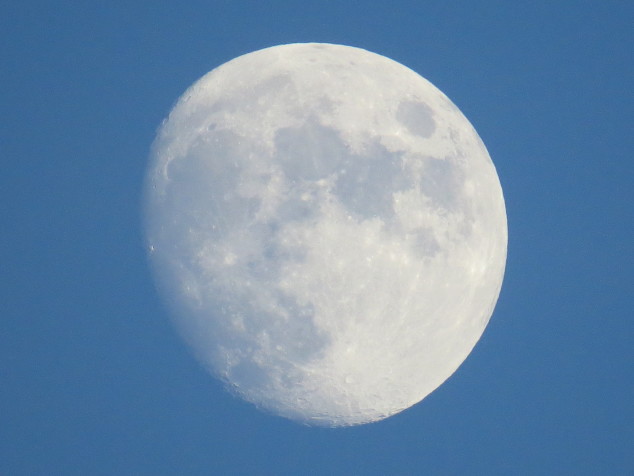
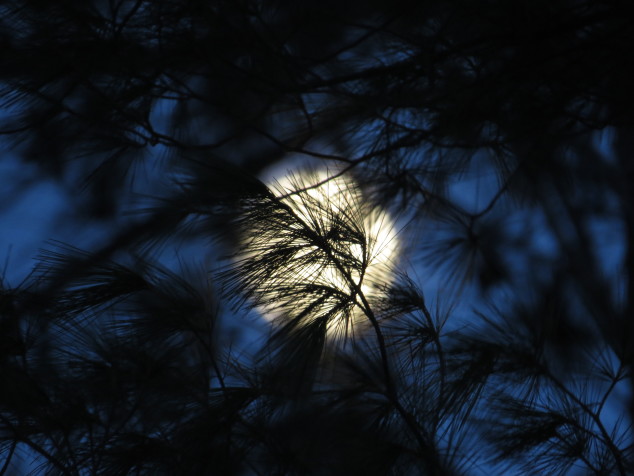
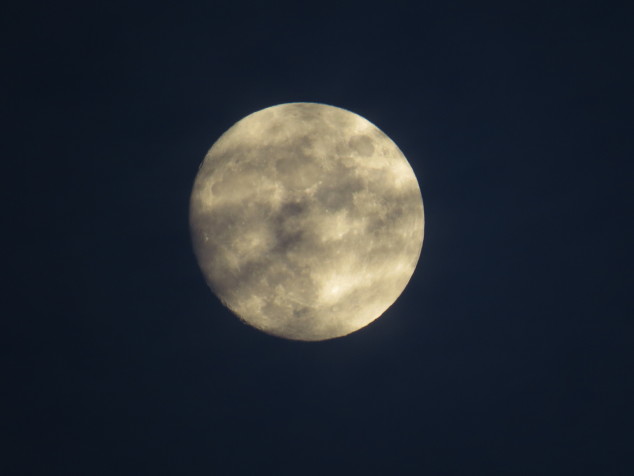
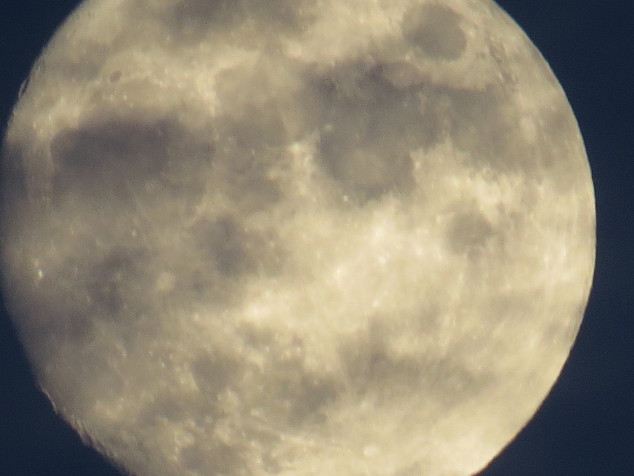
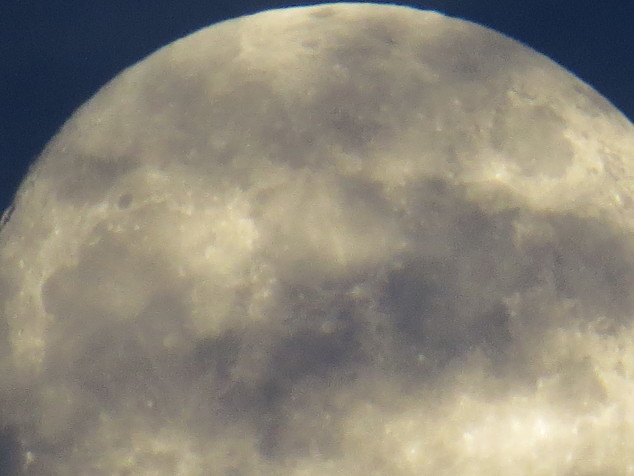
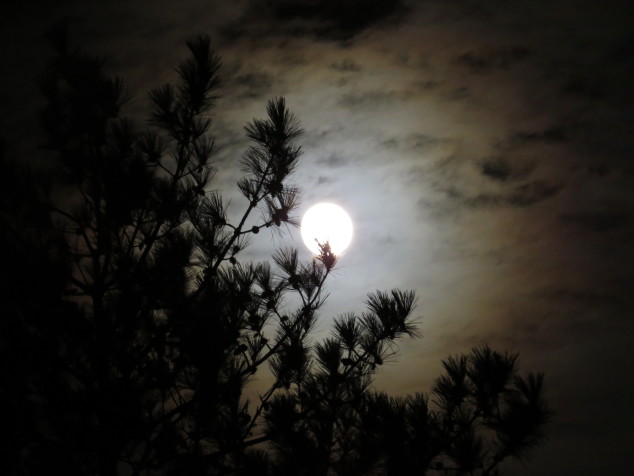
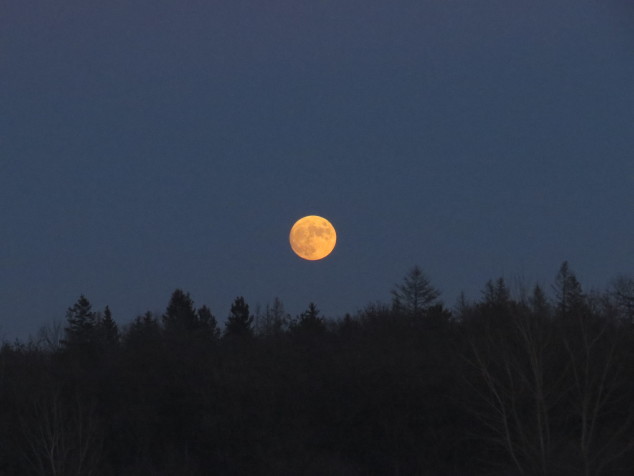
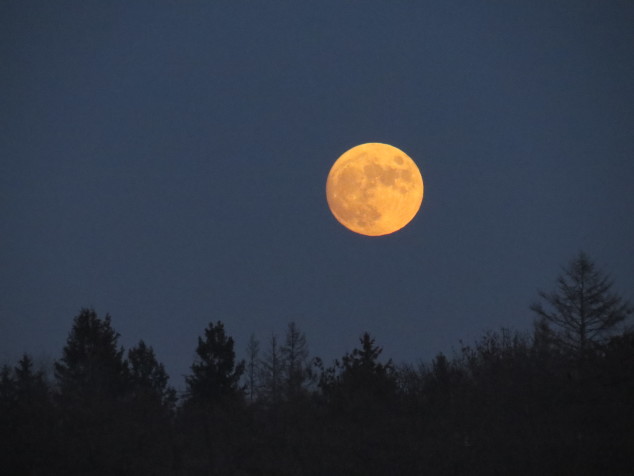
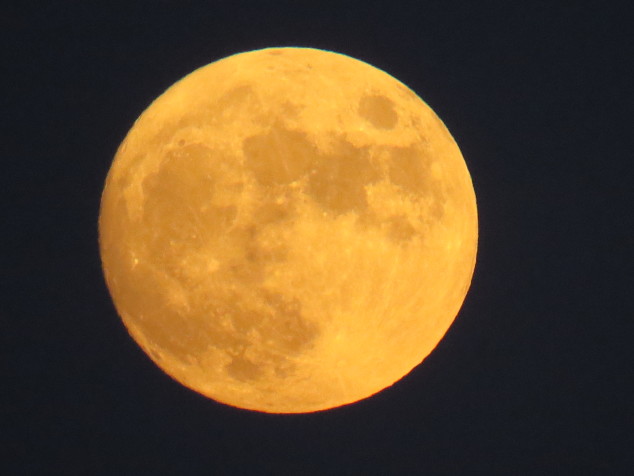
This is a great post–informative, beautiful, heart rendering.